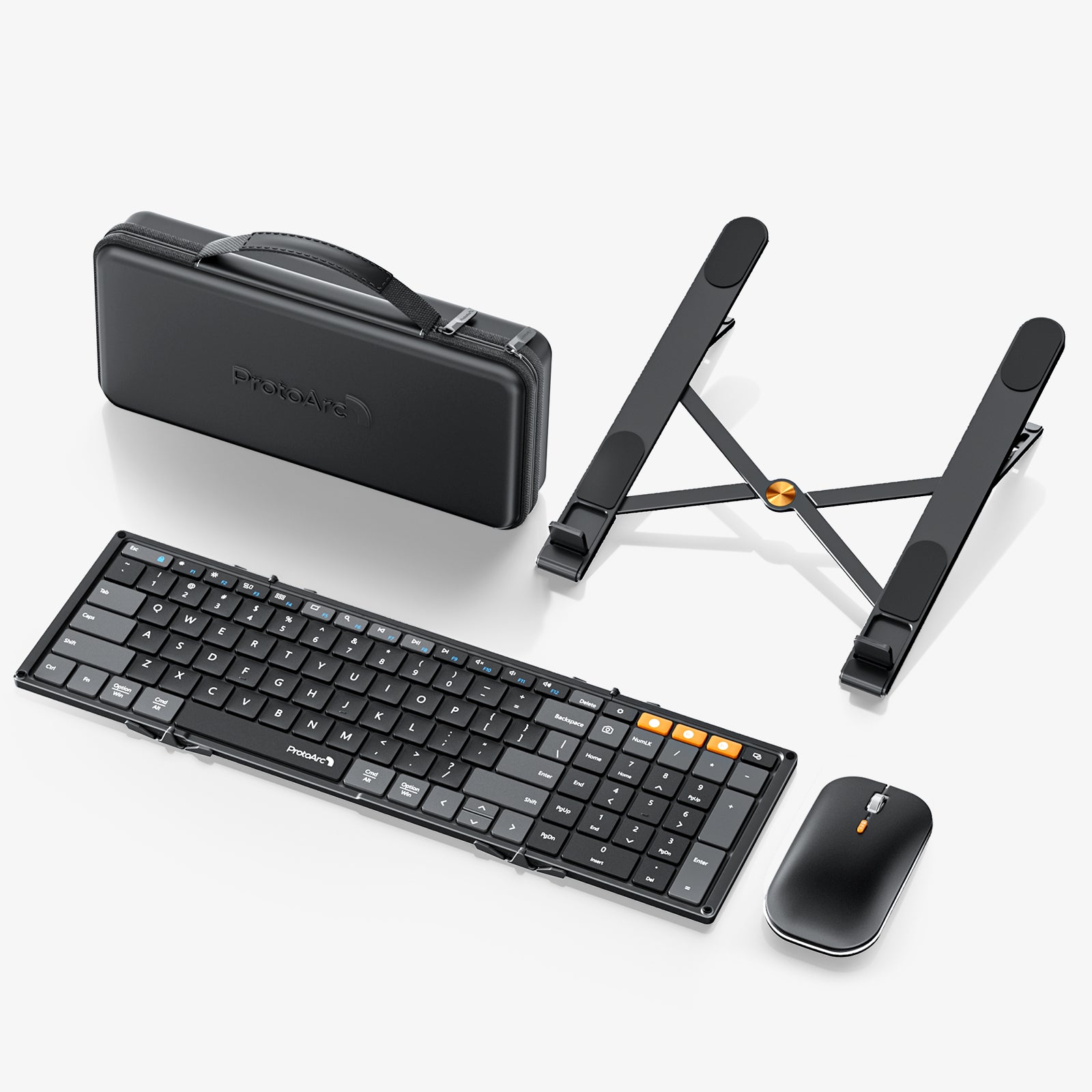Transform Your Workday: Discover the Secret to Ultimate Comfort with Ergonomic Office Chairs!
In today's fast-paced work environment, the importance of comfort cannot be overstated, particularly when it comes to office seating. Ergonomic office chairs have surged in popularity as more people recognize their crucial role in enhancing productivity and overall well-being during extended hours spent at a desk. These chairs are specifically designed to support the natural posture of the human body, allowing for a more comfortable and sustainable work experience. By prioritizing comfort, employees can focus better on their tasks, leading to improved performance and reduced fatigue. As someone who has experienced the difference firsthand, I can attest to how a well-designed chair can transform your workday from a painful ordeal into a comfortable and productive endeavor.

The Importance of Ergonomics in the Workplace
Understanding the significance of ergonomics in office design is fundamental for fostering a healthy and productive work environment. Ergonomics refers to the science of designing workplaces that fit the capabilities and limitations of the workforce. According to the Bureau of Labor Statistics, musculoskeletal disorders account for a significant portion of workplace injuries, often resulting from poor ergonomic conditions. In fact, studies show that employees who work in poorly designed environments are more likely to experience discomfort and pain, which can lead to decreased productivity and increased absenteeism. By investing in ergonomic solutions, companies can not only improve employee health but also reduce costs associated with workplace injuries and lost workdays. The link between ergonomic office design and employee performance is clear: when workers feel comfortable and supported, they are more engaged and effective in their roles.
Key Features of Ergonomic Office Chairs
Ergonomic office chairs are defined by several essential features that prioritize user comfort and health. One of the most critical aspects is adjustable seat height, allowing users to find the perfect height relative to their desk and body proportions. Additionally, lumbar support is a key feature that helps maintain the natural curve of the spine, significantly reducing the risk of back pain. Armrest adjustability is another important characteristic, enabling users to position their arms comfortably and minimizing strain on the shoulders and neck. Collectively, these features work together to create a chair that not only feels good but also promotes better posture and overall well-being. It's fascinating to see how small adjustments in chair design can lead to significant improvements in comfort, as shared by a friend who switched to an ergonomic chair and noticed a remarkable reduction in her daily discomfort.
Adjustability and Customization
One of the most significant benefits of ergonomic office chairs is their adjustability and customization options. Every individual has different body types, preferences, and needs, making it essential for a chair to accommodate these variations. Features such as seat depth adjustment, backrest angle, and even tilt tension can be tailored to fit an individual's unique requirements. This level of customization ensures that users can create a seating arrangement that promotes optimal comfort and support throughout their workday. The ability to personalize a chair can lead to a more enjoyable and effective working experience, as one size does not fit all when it comes to office seating.
Benefits of Using Ergonomic Office Chairs
The benefits of using ergonomic office chairs extend beyond mere comfort; they significantly contribute to overall well-being and productivity. One of the most notable advantages is the reduction of back pain, a common complaint among office workers. Research shows that employees who use ergonomic chairs report lower levels of discomfort and pain, leading to a more focused and productive work environment. Improved posture is another key benefit, as ergonomic chairs encourage users to sit with their backs straight and shoulders relaxed. Enhanced focus and productivity are often cited by users who have transitioned to ergonomic seating, as the reduction in physical discomfort allows them to concentrate better on their tasks. A colleague shared her experience of switching to an ergonomic chair, noting that her productivity increased as she was no longer distracted by discomfort during meetings and long work sessions. This anecdote highlights how investing in an ergonomic office chair can yield positive returns for both employees and employers alike.
Choosing the Right Ergonomic Office Chair
Selecting the right ergonomic office chair can be a daunting task, given the plethora of options available. To begin, it’s essential to identify individual needs, such as specific health concerns or preferences regarding chair features. Additionally, budget considerations play a vital role in the decision-making process. While it is tempting to opt for the cheapest option, investing in a quality ergonomic chair can pay off in the long run. Moreover, it's crucial to try out chairs before purchasing, as comfort is highly subjective. Testing a chair in person allows users to ensure that it provides the necessary support and adjustability tailored to their body. A friend of mine took her time to test several chairs and ultimately found one that perfectly matched her needs, leading to a more enjoyable work experience.
Investing in Comfort and Productivity
In conclusion, ergonomic office chairs are an essential investment for anyone spending significant time at a desk. The benefits they offer, from reducing back pain to enhancing productivity, are too substantial to overlook. By prioritizing comfort through thoughtful chair design, employers can foster a healthier and more productive work environment for their teams. As we have explored, the features and adjustability of ergonomic chairs significantly contribute to employee well-being. Thus, if you find yourself sitting for long hours, now is the time to consider investing in an ergonomic chair to transform your work experience for the better.








